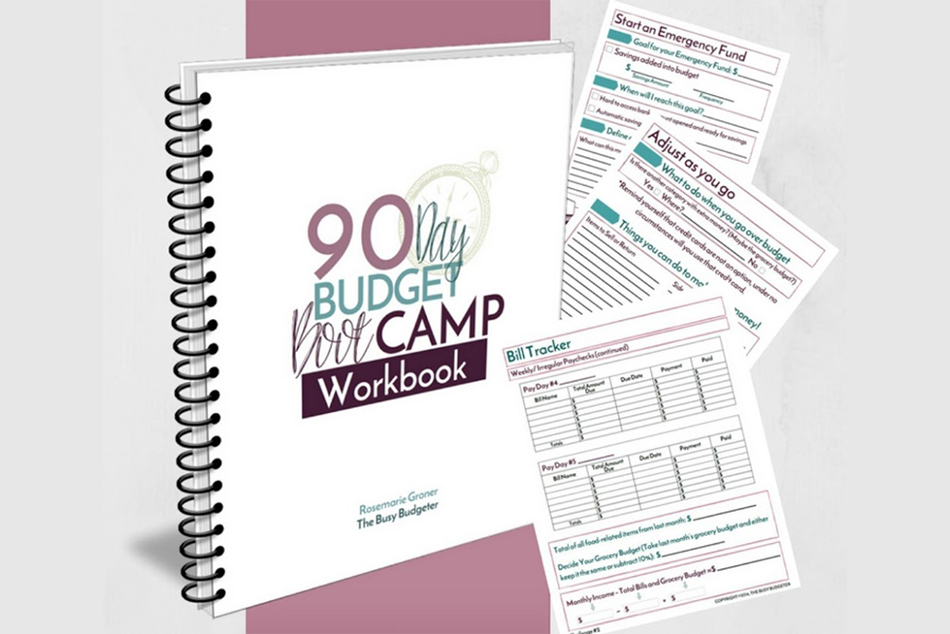12 Steps to Financial Wellness – Step 5: Practice Mindful Spending

Creating a budget and deciding to stick to it is easy; it’s actually carrying through on your plan that’s the hard part. For too many people, financial responsibility ends at having good intentions and real life gets in the way of all well-laid plans. A large part of the discrepancy between what they want to do and what they actually do is caused by their failure to spend mindfully. When every indulgence and impulse buy is just a swipe away, it can be super-challenging to rein in that spending instinct – but it is possible. Here’s how to learn the art of mindful spending.
Find alternative ways to de-stress
Too often, people claim they need “retail therapy” and use it as an excuse to practice mindless spending. But choosing to turn to shopping for alleviating stress, dealing with a challenging situation or just to escape real life for a bit makes it very difficult to make smart, responsible choices. In addition, the bills, or debt that will likely accumulate as a result will increase stress levels considerably. Instead, it’s best to find another way to lift a heavy mood. Find someone to talk to, take a long, hot bath, go for a jog while listening to your favorite pick-me-up playlist or take up a forgotten hobby.
Consider disabling the one-click feature for online shopping
If you’re big into online shopping and often end up buying more than you’d planned, you may want to disable the one-click feature on sites like Amazon. I personally should disable this feature! It is too easy when watching Instagram stories and seeing all the things influencers are telling me I “need” to just click and buy. It literally takes seconds. You can also choose not to have your device “remember” your payment information so you have to input it whenever you shop. The more resistance or friction required to complete a purchase, the greater the chances of that purchase being a mindful choice and not a decision you’ll soon regret.
Leave your cards and cash at home
When you don’t plan on spending any money, don’t take any with you. For safety reasons, you may choose to carry a card with you, but it’s a good idea to keep it as out-of-reach as possible. If you make your payments with your phone, keep it tucked away, too. Similarly, if you’re hitting the shops to pick up a specific item, bring just the amount you’ll need for the purchase and nothing more.
Put large purchases on hold
One of the best ways to avoid buyer’s remorse is to put all large purchases on hold. Set your own dollar amount for what you consider to be a large purchase and resolve to wait a while before completing any purchase in that amount or more. For example, you can decide to wait two weeks for every purchase of $100 or more. Delaying a large purchase will give you time to think it over and consider whether you really want to spend this money now. Of course, if you’ve been saving up for a large purchase for several weeks or months, you’ve already thought about the purchase and decided it’s worthwhile.
Avoid temptation
It’s hard to keep telling yourself no when temptation is constantly flashing across your screen. Opt out of social media accounts that get you to spend more than you should, and unsubscribe from email lists. Avoid browsing on sites that often trigger overspending and only visit when you need to make a purchase. You can do this in real life as well, being careful to avoid shops that provoke mindless spending. Similarly, when shopping for groceries, keep away from aisles and checkout counters that cause you to overspend and purchase more than you have on your list.
Mindless spending can be the undoing of the most carefully-crafted budget. Follow these tips to learn how to spend mindfully.


